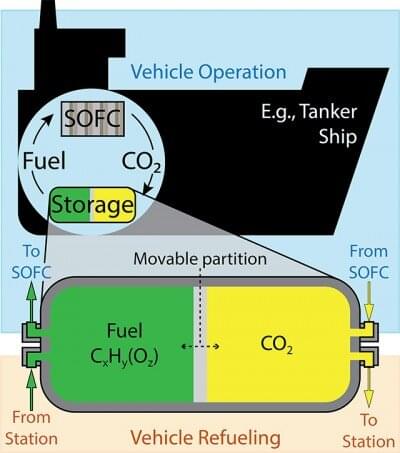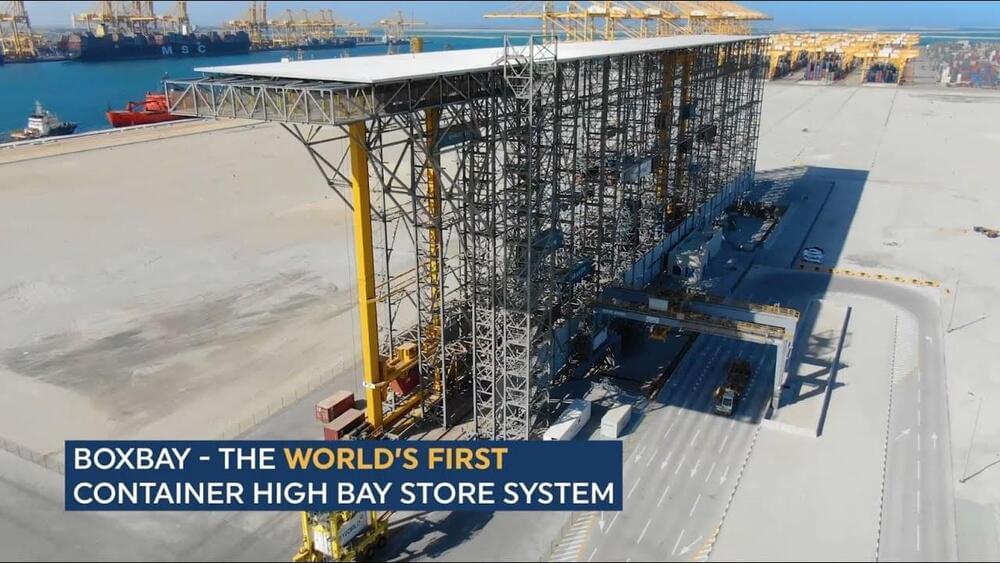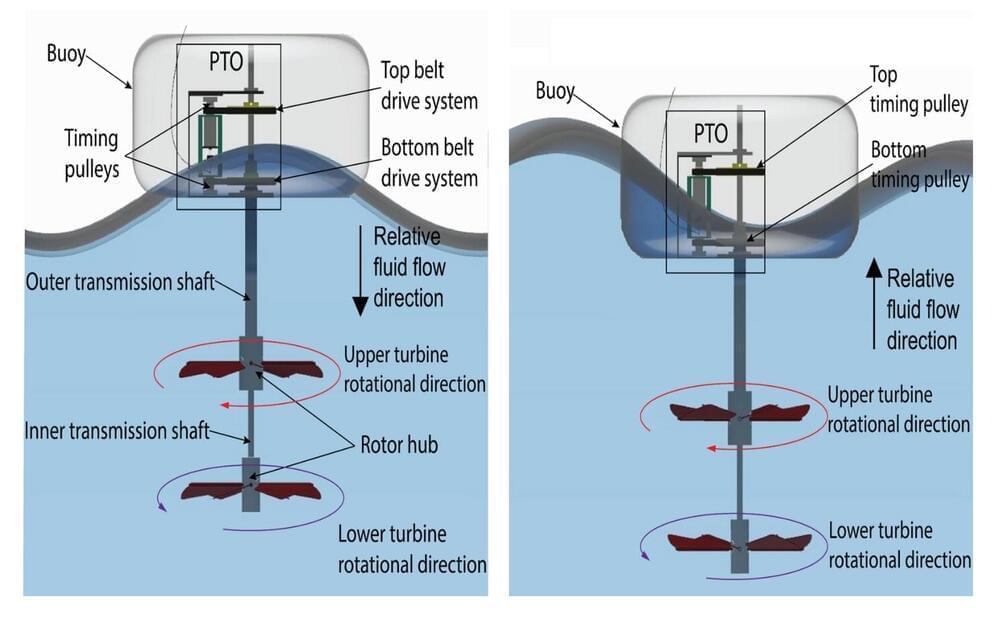Aug 23, 2021
Purple bacteria turn sewage into hydrogen fuel
Posted by Jose Ruben Rodriguez Fuentes in categories: energy, materials
Purple is the new black.
Purple bacteria are poised to turn your toilet into a source of energy and useable organic material.
Household sewage and industrial wastewater are very rich in organic compounds, and organic compounds can be very useful. But there’s a catch: we don’t know of any efficient way to extract them from the eww goo yet. So these resource-laden liquids get treated, and the material they contain is handled as a contaminant.
Continue reading “Purple bacteria turn sewage into hydrogen fuel” »


















